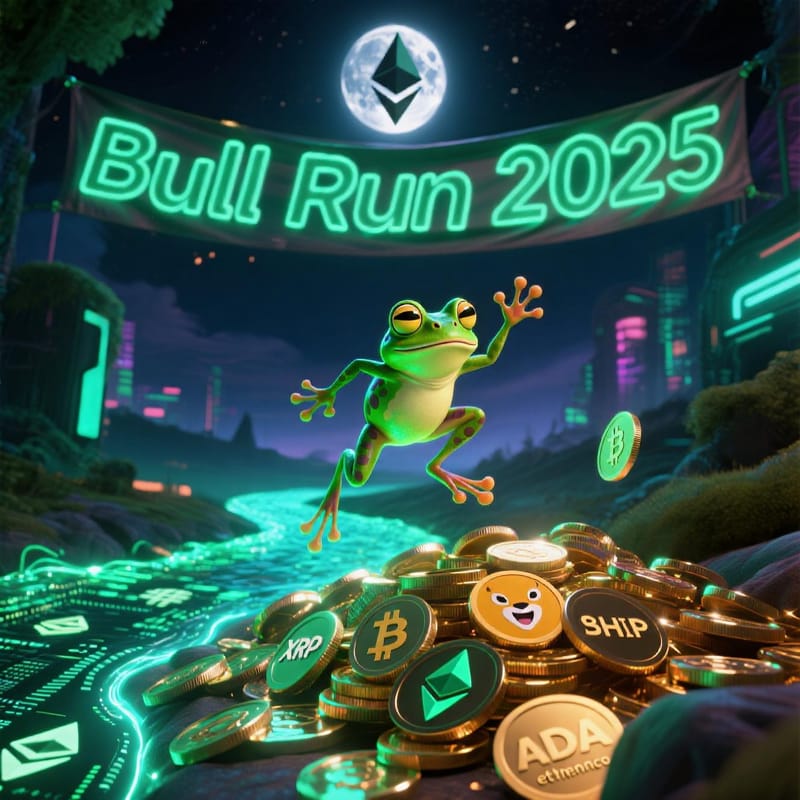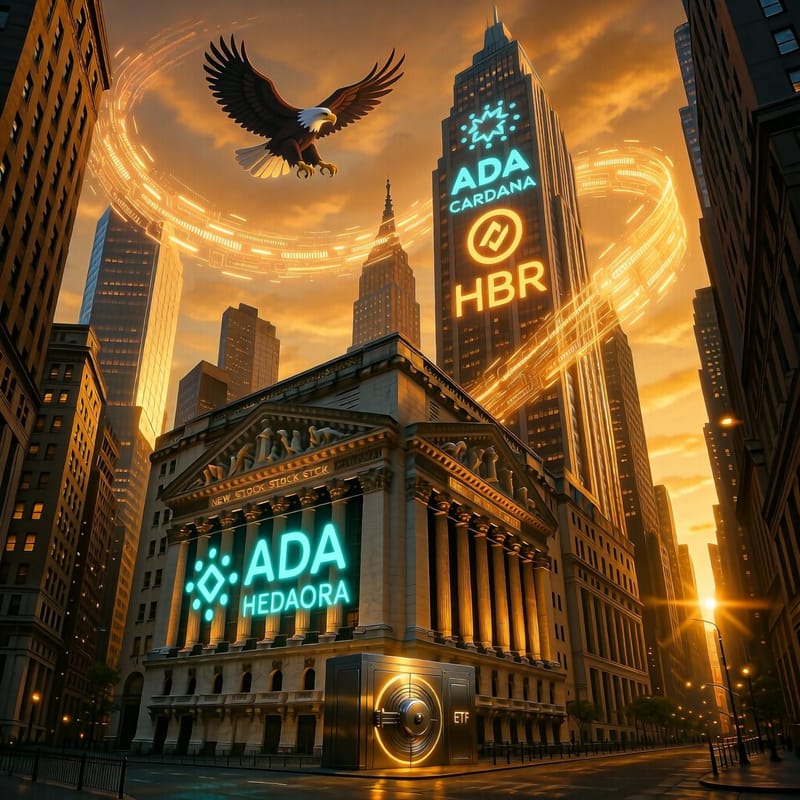Cardano Leaps to #3 in Grayscale Rankings – Is the ADA ETF Domino About to Fall?
Cardano has rocketed to third place in Grayscale’s weekly crypto performance index, fueled by ecosystem momentum and rising odds of a spot ADA ETF. With the SEC’s decision window closing fast, the blockchain is staging a comeback few saw coming.
A Phoenix from the Ashes: Cardano’s Sudden Surge
Once dismissed as a faded first-gen contender, Cardano is flashing signs of revival—this time with institutional wind at its back. In a stunning one-week reversal, ADA vaulted from ninth to third place in Grayscale’s Top 10 Crypto Assets by Weekly Returns, outpacing Ethereum, Bitcoin, and Dogecoin. A 6.3% gain may sound modest, but in today’s risk-off climate, it’s a flare shot into the crypto sky.
The move isn’t just about price. It’s a signal that sentiment is shifting. After years of quiet development, Cardano’s foundational work may finally be converging with market readiness—just as the U.S. regulatory door creaks open.
The ETF Countdown: August’s Crypto Cliffhanger
The real drama isn’t on the chart—it’s in the SEC’s inbox. Grayscale’s application for a spot Cardano ETF is now in the final stretch, with an initial response expected by the end of August and a final verdict potentially landing on October 23. While no one’s popping champagne yet, the mood has shifted from skepticism to cautious optimism.
Regulatory clarity has helped: recent SEC statements acknowledged that certain staking mechanisms don’t automatically classify a token as a security—a lifeline for ADA, which relies on staking for network security. Prediction markets like Polymarket now give approval odds of 75%, down slightly from July’s 89% high but still firmly in “likely” territory.
If approved, the implications are massive. A Grayscale-backed ADA ETF would open the floodgates to pension funds, family offices, and retail investors who avoid direct crypto exposure. It could also set a precedent for other proof-of-stake tokens fighting for legitimacy.
Midnight’s Big Bang: Privacy Goes Multi-Chain
While the ETF drama unfolds, Cardano’s ecosystem is quietly expanding beyond its core. Midnight, the blockchain’s privacy-focused sister protocol, just launched Glacier Drop—a multi-chain airdrop distributing 739 million $NIGHT tokens across eight networks, including Ethereum, Solana, and Polygon.
Why go multi-chain? Simple: reach. By targeting users on rival platforms, Midnight aims to onboard privacy-conscious developers and traders who’ve never touched Cardano. Over 35,000 wallets have already claimed tokens, with 63.4% of claims originating from the Cardano network itself—proof that the home base remains strong.
This cross-chain gambit could be a blueprint for how niche protocols scale: build on your strengths, then broadcast your value elsewhere.
On-Chain Momentum: TVL Jumps, Meme Coins Buzz
Beneath the headlines, the network is heating up. Total Value Locked (TVL) on Cardano has surged by over $100 million since late June, driven in part by a wave of meme coin activity—a phenomenon once thought impossible on its UTXO-based ledger. New tools like SundaeSwap and Minswap are making DeFi more accessible, while projects like Djed and IJL are testing institutional-grade stablecoin designs.
Meanwhile, founder Charles Hoskinson is preparing to release a long-awaited audit of IOG’s 2021 token management practices. The report, expected mid-August, could address lingering community concerns about token distribution and alleged mismanagement. Hoskinson has hinted at legal action against critics if the audit clears IOG, calling it a “reputation restoration” moment.
Is This Cardano’s Institutional Inflection Point?
For years, Cardano was criticized for being “all roadmap, no results.” Now, the pieces are aligning: regulatory momentum, ecosystem growth, and renewed investor interest. Even ADA’s short-term price wobble—down nearly 5% in 24 hours to $0.7719—hasn’t derailed the broader narrative.
With a $28.7 billion market cap, ADA sits at a crossroads. An ETF approval could propel it into the next tier of digital assets. Even a rejection might not kill the dream—especially if the SEC’s reasoning leaves room for appeal or redesign.





